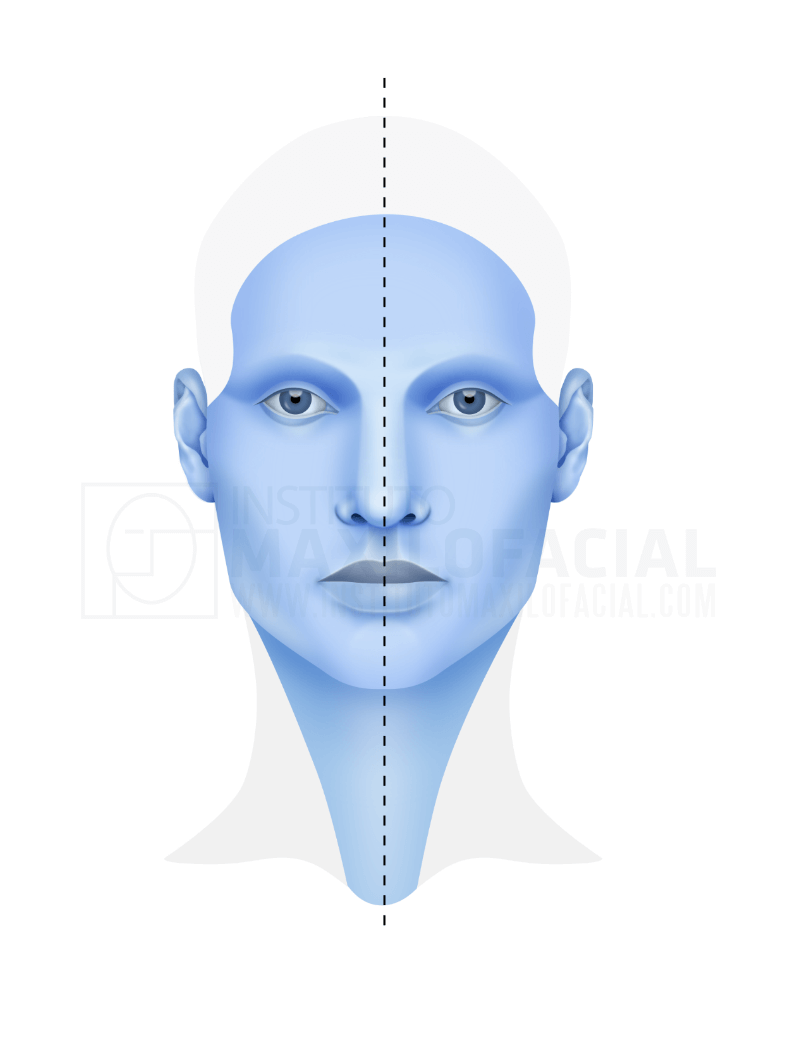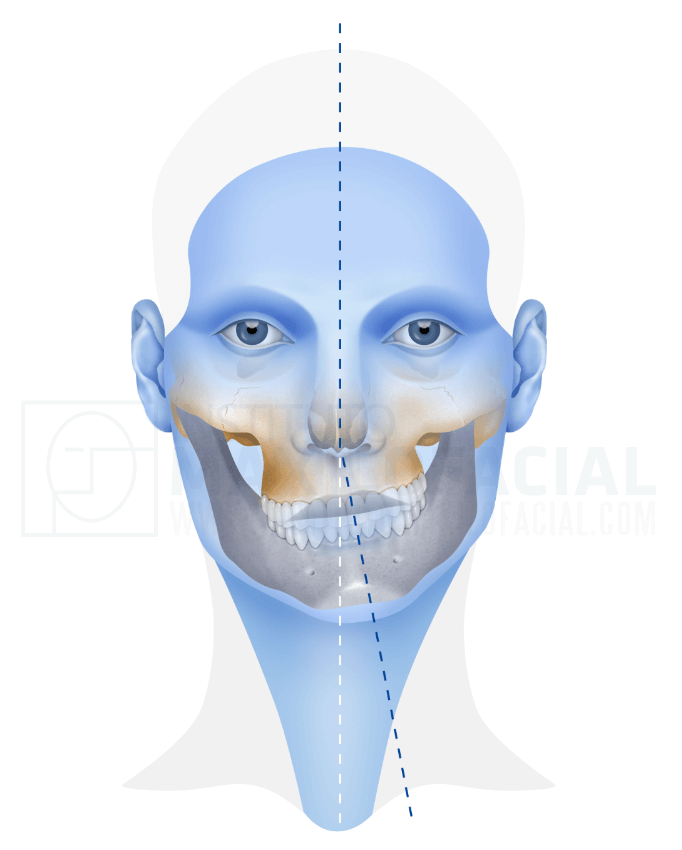Facial asymmetry is an alteration that is defined by the presence of a disharmony between both sides of the face. That is, in the frontal vertical plane of the face, one of the two sides is unbalanced with respect to the other.
Although a mild non-pathological facial asymmetry is in many cases imperceptible and is often considered normal, its clinical importance cannot be easily determined, since facial aesthetics are completely subjective. Therefore, the degree of acceptance of this malformation will depend largely on the region of asymmetry and the perception of the patient's imbalance.
That is why not all patients who have facial asymmetry are candidates for surgery, but only those who have a degree of facial asymmetry evident for their social, professional and family environment or that disturbs their peace of mind.










